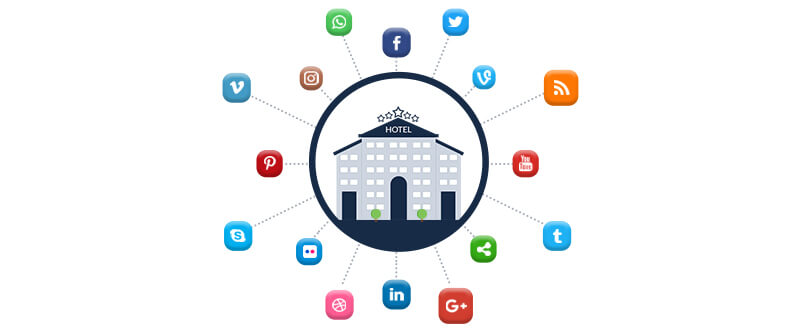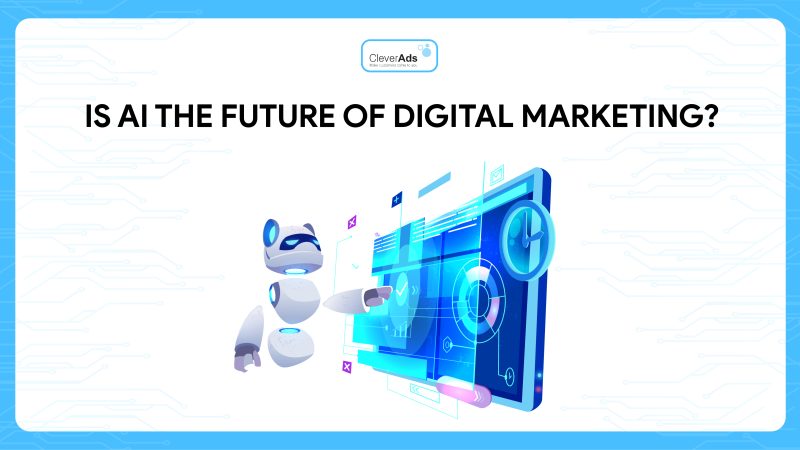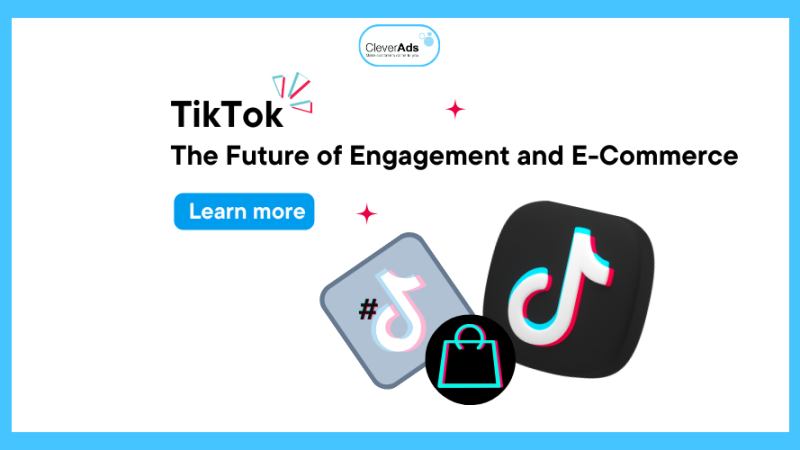The 7Ps in Hotel Marketing and things to keep in mind

In the hotel industry, Marketing is considered a tool to help attract and entice customers to be interested in and use the business’s services among the various options on the market. If a hotel does not consider making its brand more relevant to the market, this will hinder its profit growth, sales, and room productivity. Now, let’s dig deeper into the 7Ps in Hotel Marketing!
1. What is the 7P in Hotel Marketing?
The marketing mix is considered one of the most popular strategic marketing tools, with the original model including four (4) main elements: Product, Price, Distribution, and Communication.
The traditional 4P model was born when businesses had more opportunities to sell tangible products than services. The 4P focuses mainly on the product marketing aspect when the role of customer service in brand development still needs to be discovered by many people.
Over time, Booms and Pitner added three (3) service extensions to the model containing people, processes, and Physical Environment. From there, the 7P model helps businesses consider and identify the main issues affecting the marketing activities of their products and services.
2. Things to pay attention to about the 7Ps in Hotel Marketing
Determine the equitable 7P model in hotel marketing as the main factor affecting the victory of the business. A marketing mix model is used to show the factors affecting the companies’ marketing activities, thereby helping to determine the right strategy for the target customer segment group.
These models are often researched and created by Marketing Managers/Sales Managers or Sales Managers. Hotels should provide the right facilities/services and define the right communication strategy (both online and in-person) and the fundamental pricing strategy.
The main tip for businesses in the hospitality industry is to find the right communication channel (be it display advertising, email marketing, Pay-Per-Click Advertising (PPC), or online public relations (online PR), ..) by spreading the message to its target customers.
In addition, if the hotel already owns a website, search engine optimization on Google is essential for the business. Companies need to invest in this tool before paying attention to the 7Ps in hotel marketing to increase their search rankings as high as possible.

3. 7Ps tools in Hotel Marketing
3.1. Product
Products here are goods and services a business provides customers to satisfy their needs. Product is always the first consideration because, without a product, the hotel marketing team will have nothing to offer potential customers.
To be able to sell products, businesses should provide all necessary information about their products and services to customers. In addition, that product also needs to match and satisfy customer needs.
Outstanding products in the hotel industry can be mentioned as:
- Living room
- Food and drinks
- Banquet
- Conference
- Recreational facilities
- Health and wellness gadgets
- Executive Lounge
- Express check-in and check-out service
- Shopping mall
- Parking, etc.
The hotels will serve different market segments, and each segment has different needs and standards.
For example, a tourist on vacation with his family will look for entertainment and healthcare facilities. At the same time, business customers are interested in conveniences such as an Internet connection in the house. Is the room stable or the video connection facility for the conference?
These analyses performed by marketing and sales departments will help managers pinpoint special requirements and work with management to focus on developing or improving service features of the hotel accordingly.
3.2. Price
The portion of the money the supplier sets for the product is called the price. For small businesses that have little experience in the business field, it is necessary to have in-depth analysis and be very careful in setting product prices. If you set a minimum price, you may not get the sales you want.
There are different ways of pricing, such as cost-plus, value-based pricing, or a combination of methods.
Determining the right pricing strategy is one of the principal aspects of the marketing mix. If hotel products, such as rooms, food and beverage menus, etc., do not have a suitable competitive price, it may lead to potential customers refusing to use the hotel’s services.
However, it is also possible to determine prices for services over time as follows:
- Peak season
It is the time when the demand for rooms and services is highest hotels can charge the highest rates at this time. However, all hotels have no fixed peak time because each hotel serves a different customer need.
- Low season
It is the time when the demand for renting rooms is at the lowest level of the year hotels often offer service packages with the most preferential prices—for example, combo three days, two nights, and combo breakfast.
- Intermediate season
It is the transition period between the high season and the low season. This time is considered the best time to increase revenue because the number of rooms is sufficient, and the price can be set from medium to high. In addition, sales and marketing activities were also promoted during this time.
3.3. Distribution factor
Businesses need to promote the accessibility of products to consumers. In the hotel industry, usually, the product does not find the customer, but the customer will find the product himself.
The main factor in that Distribution is the hotel’s geographical location, which can be in the city, out in the suburbs, in a resort, or even on a high hill. Or it could be a chain of hotels spread across many different locations.
The distribution methods that hotels often use are divided into two categories: direct Distribution and indirect Distribution may be mentioned as:
Direct:
- Hotel sales team
- Personal phone calls
- Online PPC (Pay-per-click) or Banner advertising (Google ads, Facebook ads, …)
- Advertising in print media
- Other media
- The reservation system on the hotel website
- Global distribution system
Indirect:
- Travel agent
- Independent travel agency
- Event planner
- Online travel agencies (Booking.com, Traveloka, Agoda)
- Online travel portal (Trip Advisor)
- Independent hotel representative
3.4. Communication filter
The Communication element in the Marketing Mix tool includes advertising and supporting events to promote customer interest and access to products and services. Many strategies have been implemented to promote the product in the market.
Businesses should map out the most effective method of sales promotion and communication for the hotel. In particular, promoting is one of the ways hotels communicate with their target customers.
Here are some promotions and communication channels commonly used by hotels:
- Brochure
- television advisement
- Hotel website
- Twitter channel
- Facebook Page
- Exclusive hotel pens & pencils
- Scratch pad with hotel logo
- Billboards
3.5. Process
The process in the 7Ps of hotel marketing requires the participation of customers and service providers, considering a combined buying contact process. From the first step of contacting the provider, the most important step is using the service that requires the participation and interaction of both parties.
Not only stopping here, but the process will continue to be maintained until after-sale activities and after-purchase customer care. This helps businesses create relationships with customers in the long run and will significantly facilitate the hotel.
3.6. People
People are element factors that determine the success of the service delivery process. Service is distinguished by inseparability, and service cannot be separated from the people and equipment providing services.
For example, a hotel is famous for the quality of its delicious food and the service attitude of its dedicated and professional staff. The same is true of banks and supermarkets everywhere. Therefore, the issue of training staff about the service delivery process as well as the knowledge and skills, is essential and a top priority for many hotels today.
In addition, people are also an essential factor for the 7Ps in hotel marketing because services tend to be produced and consumed simultaneously based on non-storage characteristics. Therefore, the attitudes and behaviors of those directly providing the service greatly influence the overall customer experience.
3.7 Physical evidence
Before a service can be experienced, it needs to be delivered to the customer differently. Therefore, choosing to use a service will easily cause unnecessary risks because the product the customer is buying is invisible. Therefore, to reduce this uncertainty, factors such as the physical environment are most utilized by hotels.
To reduce uncertainty, hotels can decorate clean, tidy, elegantly decorated facilities that make guests feel loved and satisfied. It will help them spread the word about the experience they have just had and create a good effect on the business.

4. Conclusion
The most important thing is that all the parts of the 7Ps in Hotel Marketing must work together smoothly according to the consistency between the communication message and the means used. Ensuring consistency between communication tools and ideas is one of the main factors determining the victory of the hotel.


